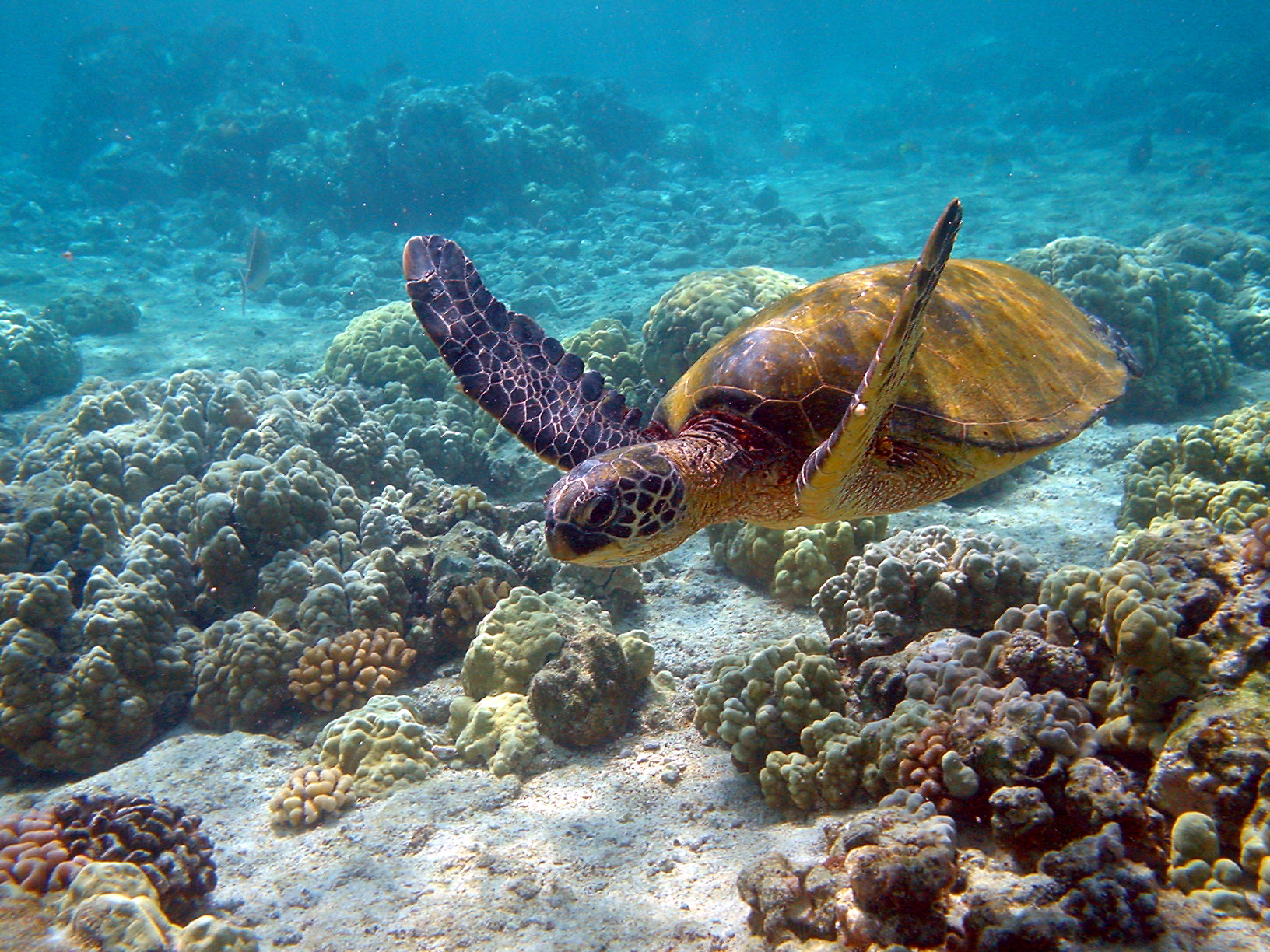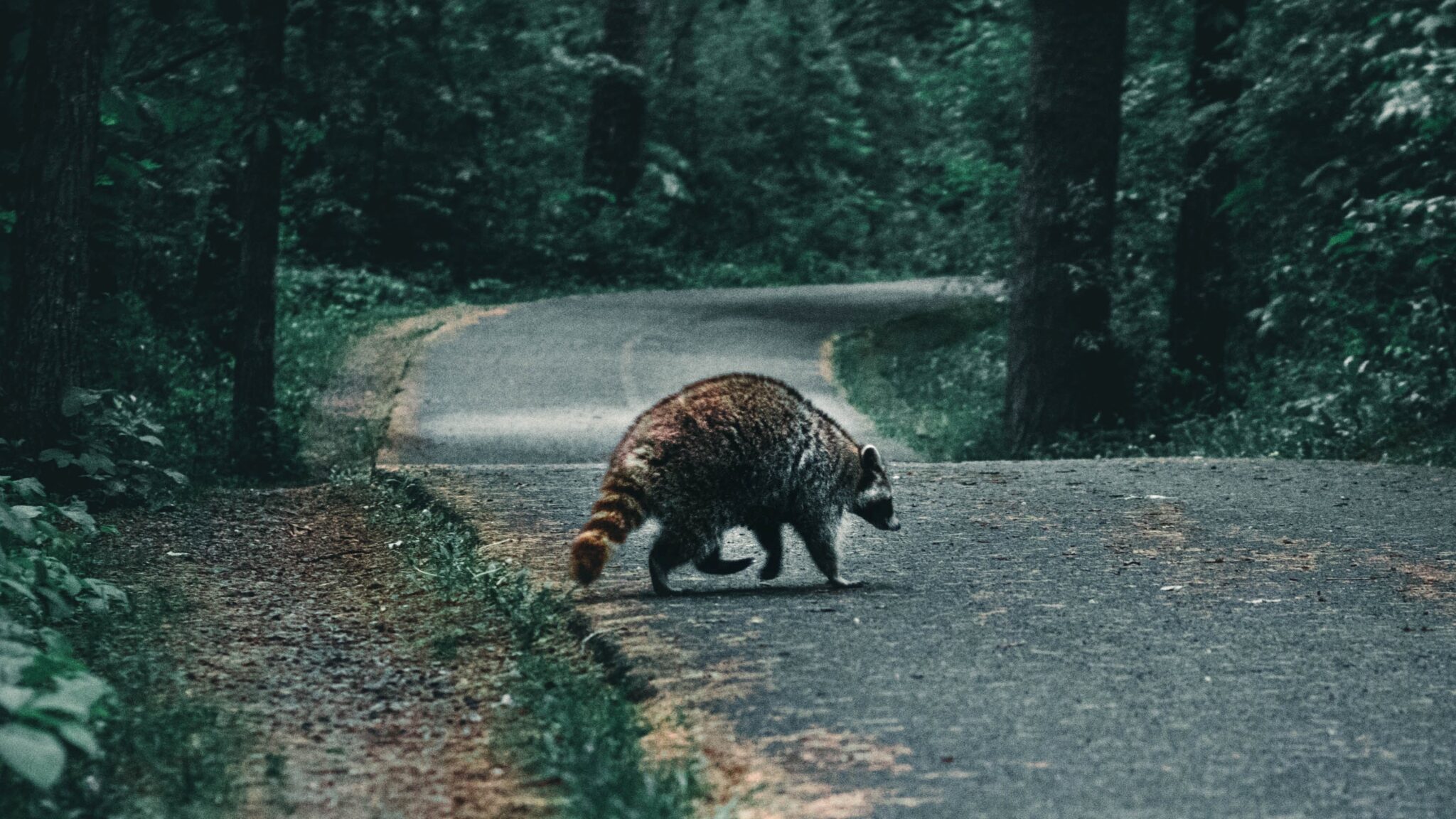More data on the activity patterns of newly hatched sea turtles in the ocean may be crucial for sea turtle conservation efforts.
By Brianna Cieszynski
For a young sea turtle, the first step in life is to make their way to the ocean, inching across the sand until they reach their watery haven and begin their early years—but what happens next? The answer has remained fairly unknown, with this life stage being largely understudied and even more complex. Now, scientists are studying the activity of these hatchlings and figuring out how they spend the beginning of their sea-faring years. They hope it will give crucial information to help with protecting the sea turtles’ habitat and challenge previous assumptions and theories about the reptiles.
Knowing the details of this life stage, often called the “lost years,” can boost sea turtle conservation efforts by allowing for higher risk assessment and better understanding of these species and their protection.
The search for the “lost years”
The “lost years” of a sea turtle span from when they first leave the shore to when they return as an adult up to a decade later. They are named this way because of the lack of information about them and the difficulty of tracking the turtles’ movements during this incredibly complex life stage. Their whereabouts have remained unknown, as reliable methods for keeping track of such small animals for years at a time seemed impossible to find. The technology required for the job was limited and costly, and attempting to search for individual turtles without it was out of the question as well.
Researchers from the College of Sciences’ UCF Marine Turtle Research Group, led by lab director Kate Mansfield along with PhD graduate Katrina Phillips and Nathan Putman, looked to study these crucial years and create a way to keep up with the young turtles’ movements. Their study was funded largely by the Florida RESTORE Act Centers of Excellence Program. Their research spanned from 2011 to 2022, and involved 4 species of wild-caught juvenile sea turtles in the Gulf of Mexico: green turtles, Kemp’s Ridleys, loggerheads, and hawksbills.
“One of the main findings is where these sea turtles are and where they go in this life stage because we haven’t known much about it,” says Katrina Phillips. She believes finding the answers to this mysterious life stage will further sea turtle conservation efforts for their oceanic habitat.
They tagged 131 sea turtles in total and used platform transmitter terminals to track their activity, comparing their dispersal movements with floating objects that drift with the current in order to study any differences. The platform transmitter terminals would send electromagnetic signals to satellites to determine and record the location of the turtles they were attached to. This method made a previously arduous task much more realistic and allowed for the collection of data that had remained a mystery for so many years.
Solving a marine mystery
Previous hypotheses regarding the dispersal of juvenile sea turtles often assumed that they spend the “lost years” drifting passively along with the current, remaining far offshore without ever returning to their previous habitat during what researchers call the “oceanic life stage.” These are the theories the research team aimed to challenge. Their findings proved the length of misunderstanding about movement behavior found in these hypotheses.
According to such assumptions, after leaving the shore sea turtles drift slowly with the current, exclusively in deep waters off the continental shelf (the shallow area between the shore and the deep ocean) without returning to the shoreline before their life stage transition. The research uncovered that this was not the case. The biologists found that the turtles they tracked approached the shoreline without showing signs of transitioning to their next life stage. They showed movement patterns separate from the drifting objects they compared with them, turning before reaching the shore while drifters washed up on the beach. This suggests that instead of having no control over their movement, these turtles are active swimmers that display more nuance in their dispersal than initially believed.
Phillips says, “I think it’s important to get data from different places and put the puzzle together to get a bigger picture of what’s going on. Researchers tracking this species were finding that they were staying offshore. But now that turtles are tracked from more places, we are finding that there are more nuances to what goes on.”
RELATED: Sea Turtles Fooled by Trash Resembling Their Food
Sea turtle conservation and restoration efforts
The findings of the study have advanced our knowledge not only about how these species spend their “lost years” but also how to conserve their habitat and predict the consequences of human activity that may put it at risk. It will allow biologists to more effectively guide sea turtle conservation efforts and address any errors in action plans that are preventing successful recovery of the species.
The project was started after the 2010 Deepwater Horizon oil spill, the largest one in the history of the petroleum industry. Mansfield remarks that “if we have another oil spill, we need to know whether these animals [will be] transient through an area, stuck there due to currents, or if they’ll end up somewhere else.”
RELATED: Water Weeds Cleaning Up Oil Spills
Scientists have called it the “oceanic life stage” based on outdated theories; there is no guarantee that these turtles are being properly protected as long as they are incorrectly assumed to be strictly oceanic. The researchers suggest renaming it to the “dispersal stage” to reflect their findings and new knowledge about the turtles’ true habitat. Already the study has led to a proposal for critical habitat designation under the Endangered Species Act for green sea turtles, and it has become a crucial step in preserving the oceanic ecosystem that they rely on for survival. The efforts of the researchers have paved the way for critical progress toward habitat restoration and risk management, leading to a higher level of understanding of these lovable reptiles and marking a new era in marine life conservation.
This study was published in the peer-reviewed journal Proceedings of the Royal Society B.
Reference
Phillips, K. F., Putman, N. F., & Mansfield, K. L. (2025). New insights on sea turtle behavior during the ‘lost years’. Proceedings of the Royal Society B, 292(2040). https://doi.org/10.1098/rspb.2024.2367
Featured image is Green turtle (Chelonia mydas), Hawai’i, USA. by Brocken Inaglory, CC BY-SA 3.0.
About the Author
Brianna Cieszynski is a zoology student with a passion for wildlife and science writing, as well as traveling and musical theatre. She studies at Michigan State University working toward a Bachelor of Science degree, aiming to educate people about conservation efforts and news about ecology. Follow her on Instagram @briecieszynski.




